While herbs and spices are most commonly used for their flavour, it is their nutritional properties that make them the must-have items on your groceries shopping list. In today’s post, I talk about one surprising mineral that you can get from spices and herbs: calcium!
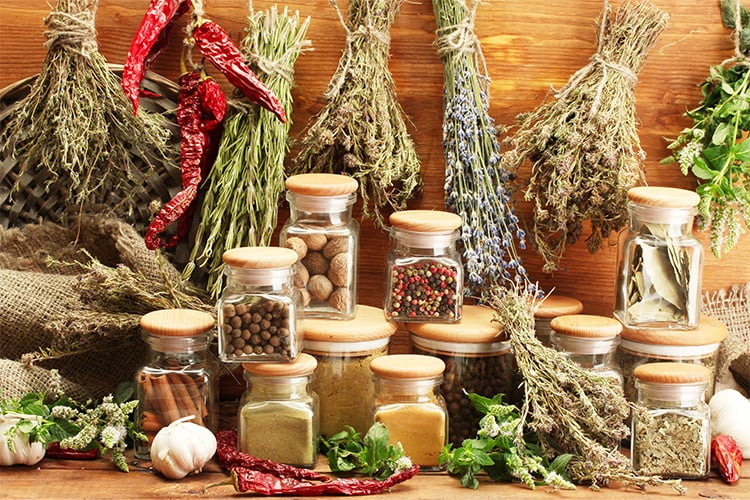
Could you imagine herb-free, and spice-free meals for the rest of your life? Things would get bland rather quickly. For me, taste is just as important as health benefits, and herbs and spices are amazing sources of antioxidants, anti-inflammatory agents, disease-fighting constituents, vitamins and minerals. One of the most surprising benefits in my opinion is their calcium content.
That’s right, next time you sprinkle a tablespoon of dried basil over your salad, you’ll actually be adding 15-20mg of calcium to that meal.
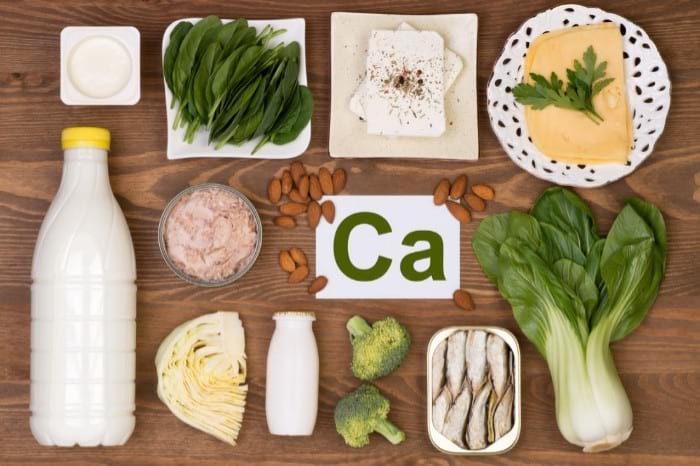
Did you know that calcium is the most abundant mineral found in the human body? This means that adequate calcium intake is crucial for good health.
Remember the Got Milk? campaigns, which stressed the importance of calcium for bones? It’s mostly stored in our bones and teeth which helps to prevent weakening of the bones and diseases like osteoporosis. When following a paleo diet, dairy is a usually no-go, unless you can tolerate certain foods like butter or fermented dairy.
So, how can we get more calcium instead? The answer might lie in herbs and spices.
There are lots of non-dairy foods that offer up a good dose of calcium for healthy bones and so much more. Additional benefits of calcium include proper nerve functioning, heart rate regulation, and good muscle contraction.
Like most vitamins and minerals, it also plays an important role in the function of others such as vitamin D and vitamin K. Not only does consumption of calcium-rich foods prevent calcium deficiency or hypocalcemiai, it also prevents other vitamin deficiencies. It’s worth noting that this is a two-way street. Optimal vitamin D levels are also important for being able to maintain optimal calcium levels in the body.
Unlike many supplements, whole food sources of vitamins and minerals are highly bioavailable meaning that the body is able to efficiently use them after digestion. Most pills just aren’t absorbed as well – especially when taken on its own without the other components it needs to be used.
Today, I wanted to share my favourite calcium-rich herbs and spices. You might have some of them in your fridge or pantry already!
Spices & Herbs High In Calcium
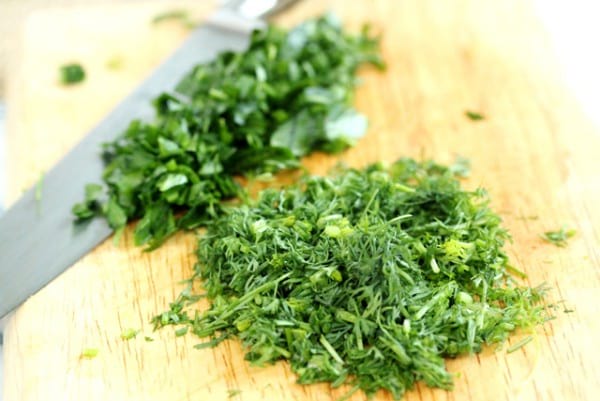
Herbs and spices are potent sources of nutrition including calcium. The most effective way to consume calcium is in small doses throughout the day, so emphasising the use of the following herbs and spices can actually be better than taking it all in at once or trying to rely on supplements for your daily recommended value (%DV)
One thing to note is that while fresh herbs are fantastic, the dried stuff actually contains more calcium due to the calcification that happens during the drying of the leaves/seeds.
I love to use a combination of dry and fresh herbs and spices for optimal benefits. Here are some calcium-rich herbs and spices you might want to add to your diet.
1. Basil (Fresh & Dried)
1 tablespoon of dried basil contains 42.3mg of calcium (about 5% of %DV) and, coincidentally, 34.3mcg (43% of your %DV) of vitamin K. Remember how I mentioned that those two like to play together? Nature is smart! Fresh stuff contains a little less: for about 2 tablespoon of basil pesto, you’d be looking at 50mg of calcium (also 5% of your DV). I like this brand of dried basil from Amazon.
Add a tablespoon of dry basil to your Bolognese sauce or Mediterranean Quinoa Salad
2. Dried Savory
1 tablespoon of dried ground savory, which is similar to thyme and sage combines, will give you about 90.6mg of calcium (9% of %DV). Use it in the same you would use dried sage, thyme or rosemary, such as in roasts and hearty stews.
3. Dried Marjoram, Thyme, Sage, Rosemary & Dill
These dried herbs contain around 30-45mg of calcium per tablespoon, and you can sprinkle those on grilled fish, roasted veggies or use in a meat marinades and rubs. Dried parsley is also great.
Tru this Marjoram Marinated Grilled Chicken or Rosemary Honey & Garlic Lamb
4. Celery Seed & Other Spice Seeds
Dried celery seed comes in at whopping 115mg of calcium per tablespoon, which is 11% of your daily intake requirements. My favourite way to use this spice is to mix it into soups, stews and my Bolognese sauce, or stir it into a virgin Bloody Mary.
Other spice seeds such as fennel, dill, cumin, caraway and coriander seeds are also solid contenders with 30-50mg of calcium per tablespoon of dried seeds. Bring on those lamb curries and Mexican taco bowls!
5. Cinnamon
1 tablespoon of cinnamon yields about 78mg of calcium, which is about 8% of the daily requirement. Sprinkle it over paleo granola, add to smoothies or use in a stew or a curry.
6. Stinging Nettle
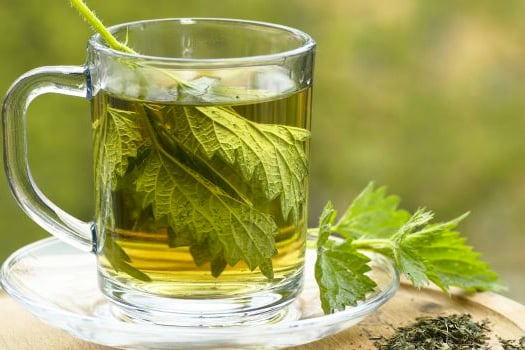
This herb/plant is often found as dried nettle leaves or as a tea, but you can also pick fresh stinging nettle in spring and boil it for a super healthful infusion. The calcium content of stinging nettles is significant: 1 cup provides 32.9 to 42.8 percent of the amount you require daily.
Stinging nettle is also high in iron and vitamin A. One recent study found that 500 mL (about one quart) of tea made with 20 grams (about 0.7 ounces) of dried nettle leaves, steeped for 30 minutes, contains 76 mg of magnesium, which represents about 20-25% of men’s and women’s daily requirement, respectively. That’s pretty awesome! Try my Stinging Nettle Soup With Crispy Bacon here.
Oat straw and horsetail are other herbs that are high in minerals such as calcium, magnesium and more. So, looks out for those at your health food store! If you shop on Amazon, you can get this dried stinging nettle brand.
There are many other herbs and spices that have a significant amount of minerals, including calcium. While a teaspoon or tablespoon of stuff is not enough to reach your calcium needs, it’s the cumulative effect of using more herbs and spices in your daily meals that can make a difference.
Plus, not only are herbs high in calcium, they are also high in many other vitamins and minerals. Each herb and spice contains plenty of healthful benefits like most plant foods.
Using Herbs & Spices
If you want to use more herbs and spices for their health benefits, try using them in homemade dry rubs, marinades, pestos and dips, sprinkled over salads and roasted veggies, and as tea infusions.
Curries, soups and stews are also winning choices when it comes to using herbs and spices.
You can easily store dried herbs long-term and use them for months to come. One of my favourite tips is to buy your herbs and spices in bulk for the best taste and the best price. Make sure to store in an air-tight jar or container for the most longevity.
So there you go! Perhaps you already knew about the calcium content of herbs and spices, but if you didn’t, I hope that this will give you another good reason to start using more of them in your daily cooking.
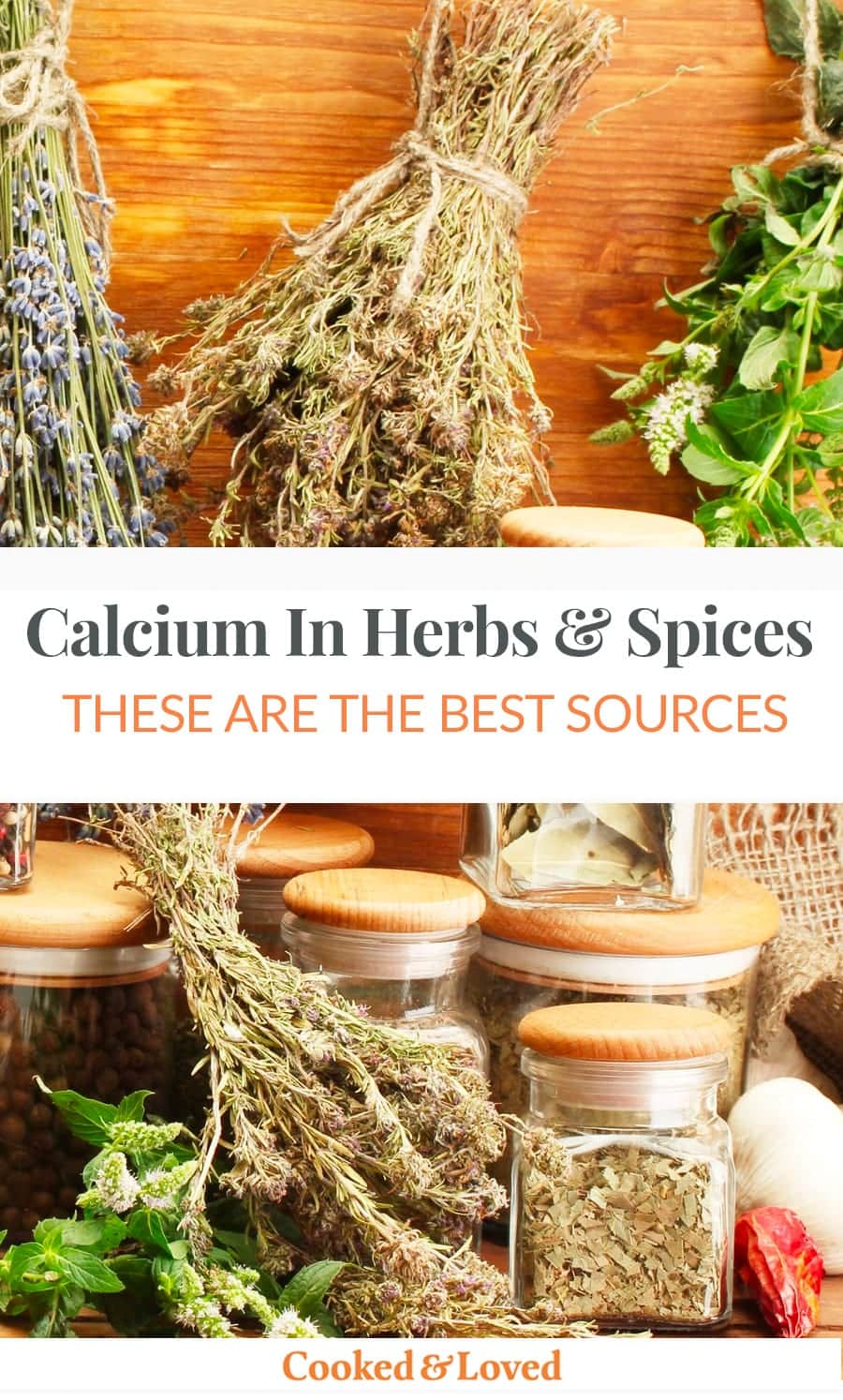

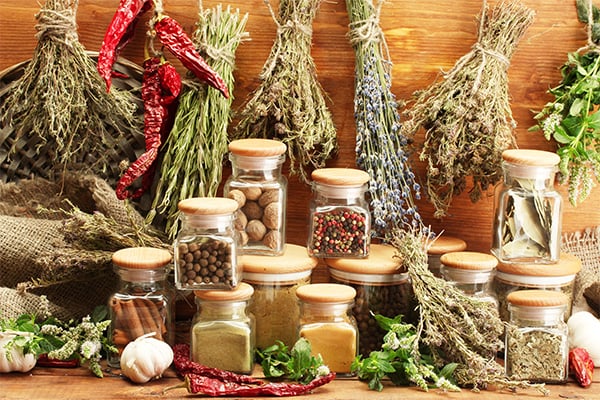

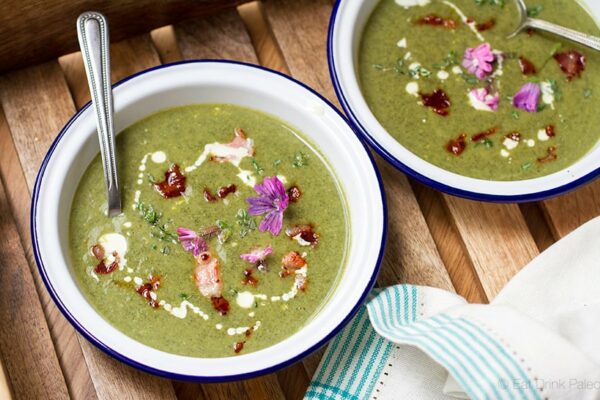
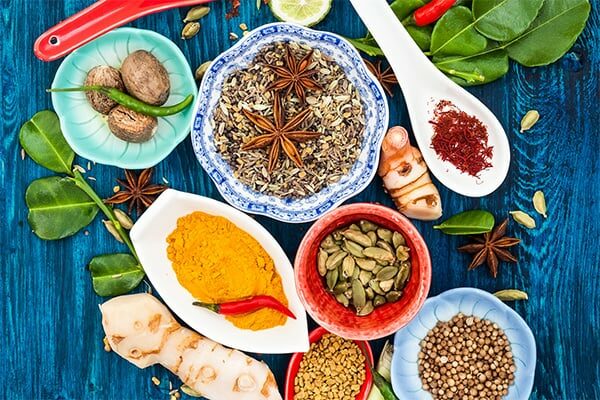
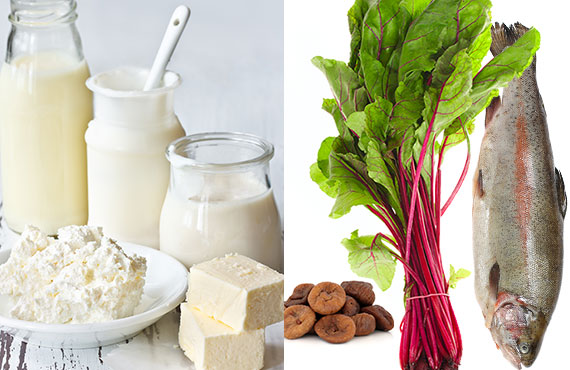
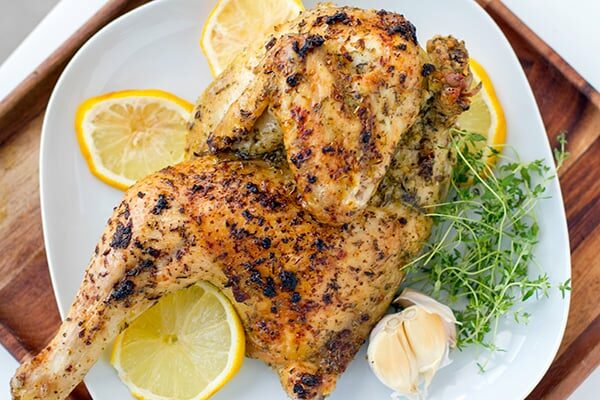
Great article and useful information Irena, thank you. And yes I do have most of those in my cupboard! ?
Although celery seeds and cinnamon contain significant amounts of calcium they also contain oxalic acid that prevents calcium absorption!
Please set up a list of spices that are very low or no oxalic acid and yet also contain calcium